Olive Young - Busan Yeonsan Branch [Tax Refund Shop] (올리브영 부산연산점)
15.7Km 2024-06-27
16 Bansong-ro, Yeonje-gu, Busan
-
Geochangmaetdol (거창맷돌)
15.7Km 2020-04-28
124, Minam-ro, Dongnae-gu, Busan
+82-51-504-3520
Geochangmaetdol is located near Oncheonjang, Geumjeongsanseong Fortress, as well as Busan Baseball Stadium and Sports Complex. The restaurant produces fresh tofu on a daily basis. On the first floor, the hall is set up to suit single serving menu items for individuals. The second floor is designed with seat and table settings suited for menu items that are appropriate for groups or families.
Ganjeolgot Sunrise Festival (울산 간절곶 해맞이)
15.7Km 2024-11-20
189 Ganjeolgothaean-gil, Seosaeng-myeon, Ulju-gun, Ulsan
+82-52-980-2232
Ganjeolgot Cape in Ulsan is the first place in Korea to see the the sunrise each day, with its end point sticking out into the ocean. The cape is the site of the annual New Year’s Sunrise Festival. The festival starts at sunset on December 31 and is filled with a wide range of performances that last throughout the night. At first light, people can be seen quietly standing with their hands clasped together, making a wish on the newly born year as they watch the sun rise over the ocean.
Aritaum - Yeonsan Rotary Branch [Tax Refund Shop] (아리따움 연산로타리)
15.7Km 2024-06-27
11, Bansong-ro, Yeonje-gu, Busan
-
Olive Young - Gwangan Beach Branch [Tax Refund Shop] (올리브영 광안비치)
15.7Km 2024-04-17
#101, 235, Gwanganhaebyeon-ro, Suyeong-gu, Busan
-
Central Hotel (부산 센트럴호텔)
15.7Km 2024-08-01
1122 , Jungang-daero, Yeonje-gu, Busan
+82-51-866-6525
The Central Hotel in Yeonje-gu, Busan is conveniently located for travellers just 50m away from Yeonsan-dong subway station, while and Busan Station, Gimhae Airport, and Busan Port Passenger Terminal just 30 minutes away by car. The first floor lobby is equipped with bank, coffee shop, and restaurant facilities. Pay-for breakfast is available, and English, Japanese and other foreign languages are spoken.
Geumjeongsan Mountain (Busan National Geopark) (금정산 (부산 국가지질공원))
15.8Km 2019-11-20
Geumseong-dong, Geumjeong-gu, Busan
+82-51-888-3636
Geumjeongsan Mountain was created by an overflow of magma approximately 70 million years ago. Over time, rain and wind shaped the mountain to what it is now, with gentle slopes and unique rock formations. The mountain features various walking trails and historical attractions, such as Beomeosa Temple and Geumjeongsanseong Fortress.
The Park Guesthouse (더파크 게스트하우스(The Park Guesthouse))
15.8Km 2024-12-22
151 , Gwangnam-ro, Suyeong-gu, Busan
+82-10-5822-3755
The Park Guesthouse is an affordable homestay in the Gwangalli Beach area of downtown Busan, where guests will meet tourists from many other countries. Accomodation consists of bedrooms with toilets plus a large shared living room with kitchen, bathroom. and laundry facilities. The kitchen is adequate for basic cooking. The guesthouse is not far from Gwangan subway station, and Gwangalli Seafood, Busan Millak Sashimi Restaurant Street, and Pojangmacha Street are all close by.
Olive Young - Busan Gwangan Station Branch [Tax Refund Shop] (올리브영 부산광안역점)
15.8Km 2024-06-27
584, Suyeong-ro, Suyeong-gu, Busan
-
Hotel Aqua Palace (호텔 아쿠아펠리스)
15.8Km 2022-01-03
225, Gwanganhaebyeon-ro, Suyeong-gu, Busan, Korea
+82-51-790-2300
Hotel Aqua Palace is a cozy and comfortable hotel with a great night view of Gwangandaegyo Bridge and beautiful Gwangalli Beach.
Run in connection with the hotel is Aqua Palace, Korea’s only seaside water park. Main attractions include a 90 meter slide, a wave pool, and various bade pools (warm water massage pools) that are filled with water drawn from 816 meters underground. Since the park is indoors, guests can enjoy these and other water facilities all year round.
The hotel is equipped with various jjimjil-bang facilities, a golf center, and guestrooms ranging from deluxe and
family rooms to executive and suites with stunning views and a sophisticated interior design.

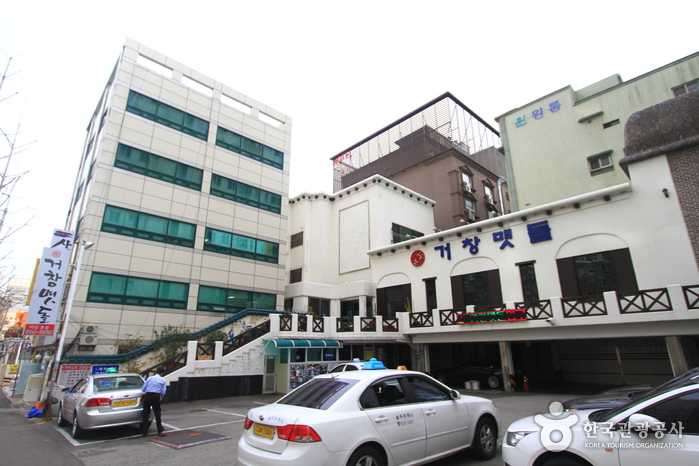
![Aritaum - Yeonsan Rotary Branch [Tax Refund Shop] (아리따움 연산로타리)](http://tong.visitkorea.or.kr/cms/resource/55/3314155_image2_1.jpg)
![Olive Young - Gwangan Beach Branch [Tax Refund Shop] (올리브영 광안비치)](http://tong.visitkorea.or.kr/cms/resource/11/2885711_image2_1.jpg)
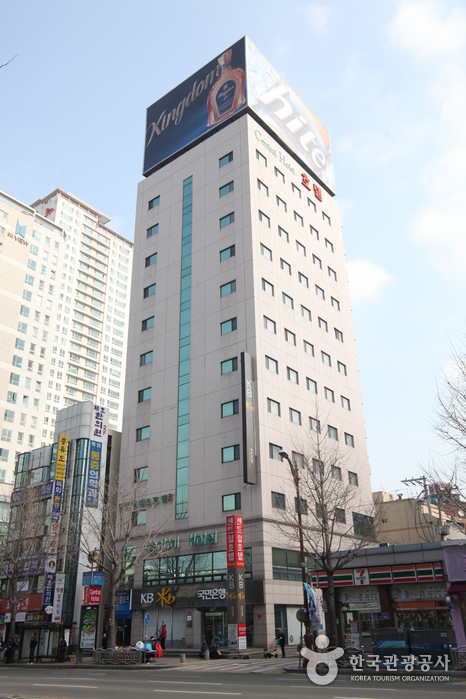
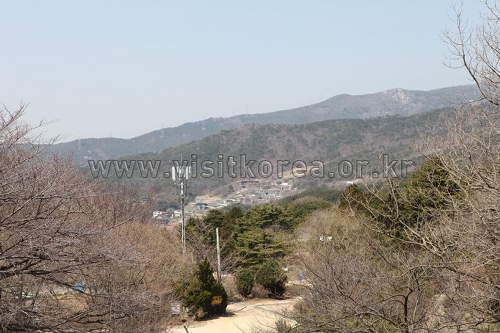
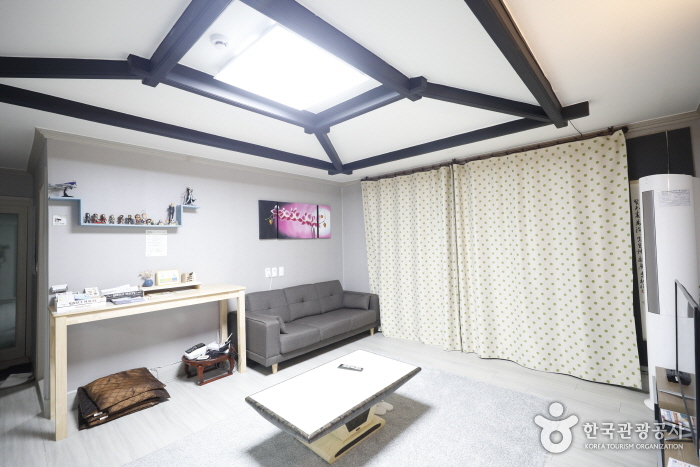
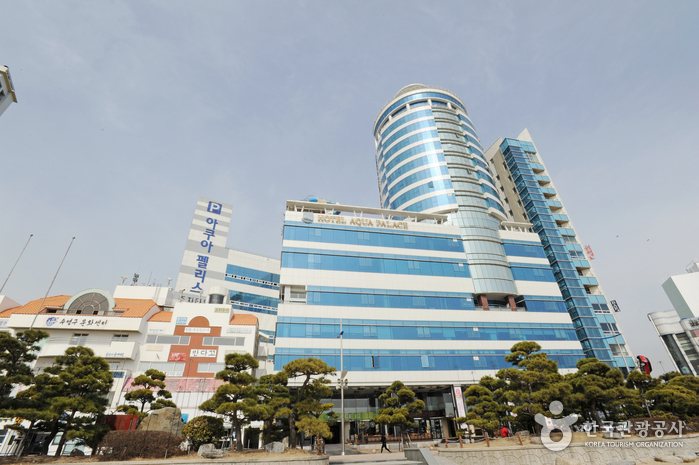
 English
English
 한국어
한국어 日本語
日本語 中文(简体)
中文(简体) Deutsch
Deutsch Français
Français Español
Español Русский
Русский